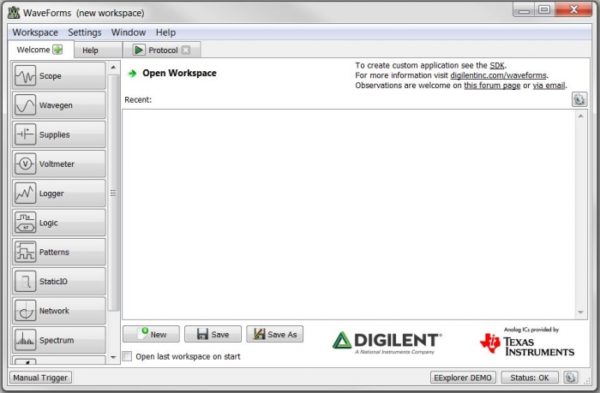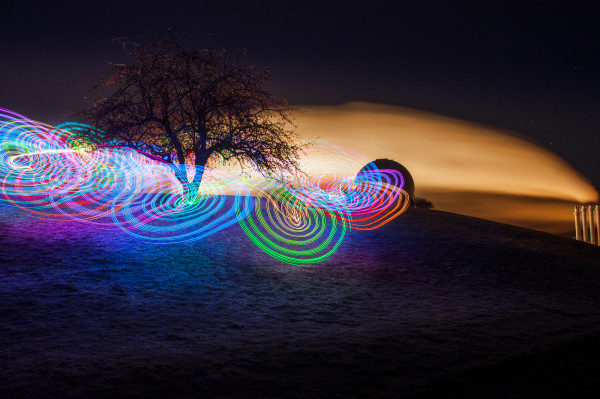Recently we updated some wiki materials regarding the use of the Protocol Analyzer and the Analog Discovery 2. This tool allows you to connect to a piece of hardware, power and read or write to it.
For example, if I have a SPI light sensor and I’m not receiving data, I can quickly check to see if the hardware is malfunctioning by connecting it and getting data. I can also quickly adjust settings to see if maybe the clock frequency or something else specified is incorrect.
You can use this with the Analog Discovery 2’s pattern generator to test communication protocols, as well as the Digital Discovery and Electronics Explorer board.
If you are interested in learning how to get started with this tool, the new documentation page provides a step-by-step tutorial on how to setup and test out the tool using the Pmod ALS. Since the demonstration allows you to obtain light level data, it opens up a world of possibilities when it comes to applications.

While Halloween might be over, you can always utilize this feature in many holiday-decoration ideas…such as DIY Christmas light setups! Additionally if you are the type for homemade gifts, having the ability to read light levels (or other types of hardware) can be invaluable when it comes to making that dream gift idea come to life.

As always, let us know what you plan to do with the Protocol Analyzer!
